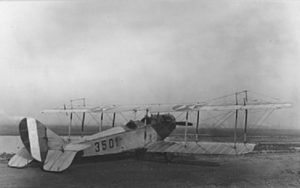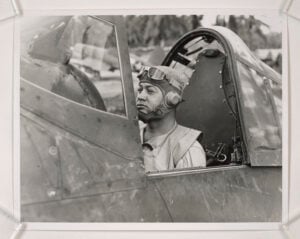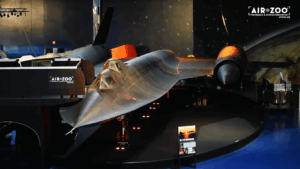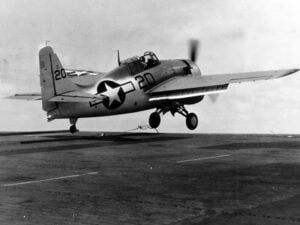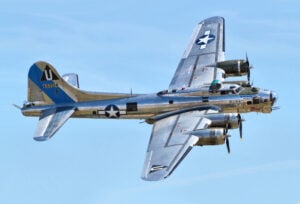The Rushed and Untested Fighter Plane of WWII Ended in Failure

The Propeller / YouTube
A Desperate Need for a High-Altitude Fighter
As the war turned against Germany in 1944, its engineers faced mounting pressure to develop new fighter aircraft. The Allies had intensified their bombing campaigns, striking deep into German territory. The standard German fighters, such as the Focke-Wulf Fw 190 and Messerschmitt Bf 109, struggled at high altitudes. There were even concerns that the American Boeing B-29 Superfortress might soon be deployed over Europe, flying above 30,000 feet. To counter this threat, the Luftwaffe urgently needed a high-altitude interceptor.
The answer was the Focke-Wulf Ta 152, a modified version of the Fw 190 designed to operate at extreme altitudes. On paper, it had impressive specifications, boasting a pressurized cockpit, an elongated fuselage, and an advanced supercharging system for its engine. However, these modifications came at a cost. The rushed development meant that the aircraft did not receive the extensive testing and refinement required for frontline use. Despite being promoted as a next-generation warplane, the Ta 152 was far from ready for combat.

Rushed Development and Technical Failures
The Ta 152’s development was driven by desperation rather than careful planning. The aircraft’s first prototype took flight in December 1943, but it immediately ran into problems. The landing gear failed on its maiden flight, causing severe damage that led to the aircraft being scrapped. Further test flights revealed issues with the supercharger and fuel system, particularly at high altitudes. The second prototype managed just 10 hours in the air before it was lost to an in-flight engine fire. Despite these setbacks, the program continued under pressure to get the aircraft into combat as soon as possible.
By late 1944, production orders were issued before the prototypes had even completed 50 hours of flight testing. Engineers were forced to cut corners, prioritizing quantity over quality. This decision resulted in aircraft with incomplete systems, unreliable engines, and untested components. Many of the Ta 152s that reached pilots were plagued with mechanical failures.

Production Issues and Limited Deployment
Even as production ramped up, Germany’s manufacturing capabilities were already in decline. Factories were under constant attack, and resources were scarce. This further hampered the Ta 152 program, limiting the number of aircraft that could be built. Estimates suggest that only a handful to just over 100 units were ever completed. Those that made it into service were distributed in small numbers, with limited spare parts and support.
Pilots faced numerous challenges operating an aircraft that had barely been tested. The Ta 152’s controls were unfamiliar, and its new features had not been properly refined. Training time was minimal, leaving many pilots unprepared to handle the plane’s quirks. The aircraft’s high-altitude performance was theoretically impressive, but in real combat, these advantages were often negated by technical issues and poor reliability.

A Missed Opportunity Due to Wartime Mismanagement
The Ta 152 had the potential to be a formidable interceptor, but its rushed production and lack of refinement ensured that it never had a meaningful impact on the war. The pressure to deliver a new aircraft quickly led to a design that was still incomplete when it entered service. Pilots were left with an unreliable machine, and the Luftwaffe could not produce or maintain enough of them to make a difference.
In the end, the Ta 152 became another example of how Germany’s frantic attempts to develop advanced weaponry in the final years of the war often resulted in ineffective solutions. The aircraft’s failures highlighted the consequences of prioritizing speed over proper engineering, leaving it as little more than an experimental fighter that arrived too late and in too few numbers to change the course of the war.














